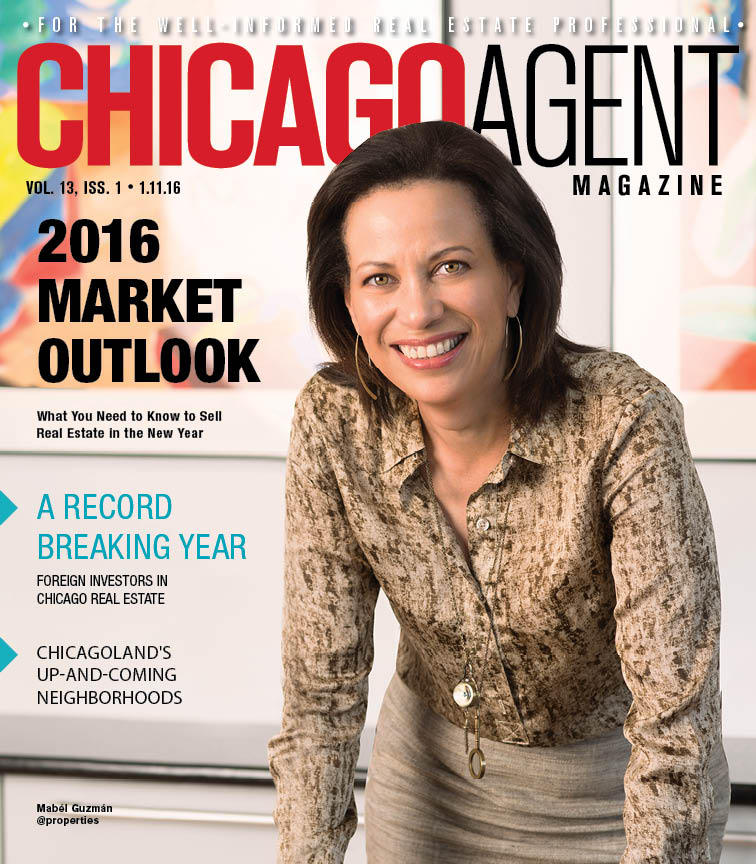The improving employment picture, a recent interest rate hike and less rigorous loan standards are fueling a dynamic Chicagoland real estate market. Inventory is tight, prices are up and single-family homes are in demand. A relatively warm and snow-free Q4 2015 and an improving economy are also bringing prospective homebuyers into the neighborhoods.
Realtor.com’s housing forecast for 2016 predicts that gains in existing-home sales and an increase in new home construction in the new year will take home sales upward to their highest gains since 2006. Forecasts include moderate but steady growth at 3 percent for both existing-home sales and prices, with higher mortgage rates and continued tight credit playing dampening roles. New housing starts are expected to jump 12 percent year-over-year, while sales of new homes will increase 16 percent. That growth will be spurred by a 2.5 percent increase in gross domestic product and a strengthening job market, while rising prices and difficulty in securing loans will keep the expansion in check.
“I see a good level of activity, and that has to do with the weather,” says veteran broker Mábel Guzmán. “In the last couple years it was pretty horrible. I remember having cancellations, and I also remember having my true grit buyers out there who brought shovels to showings so we could make it up the path. When we look at it, there’s very little product. It’s down 25 percent year-over-year. Heading into the end of the year with the holidays, people don’t want to sell and you start seeing that decline in supply. Thank goodness for new construction. Without it, we wouldn’t really have much going on.”
New construction starts are expected to rise in Chicago: Dodge Data & Analytics recently forecasted a 7 percent increase in construction starts for 2016, higher than 2015’s 2 percent increase over the previous year. Residential starts in particular saw an 11 percent increase over 2014, and are projected to increase by 9 percent in 2016. The current multifamily boom reflects the dominance of apartment building in Chicago, but suburban development has kept pace: 65 percent of new home starts in the first three quarters of 2015 were in Cook, Kane, Will and Lake counties, according to Metrostudy.
Kenneth D. Simonson, chief economist for the Associated General Contractors of America, said that rising construction spending could indicate a need for even more workers. In a market where the construction sector is already leading in jobs added in many states, meeting that demand with qualified workers could be a challenge.
Loretta Alonzo, managing broker at Century 21 Affiliated, sees the market growing at a steady rate. “I think it’s healthy growth, as compared to what we got into about eight or nine years ago,” Alonzo said. “We’re seeing steady growth, which is good. Home prices are a little bit better than they were last year. They’ve increased about 5 percent over last year.”
